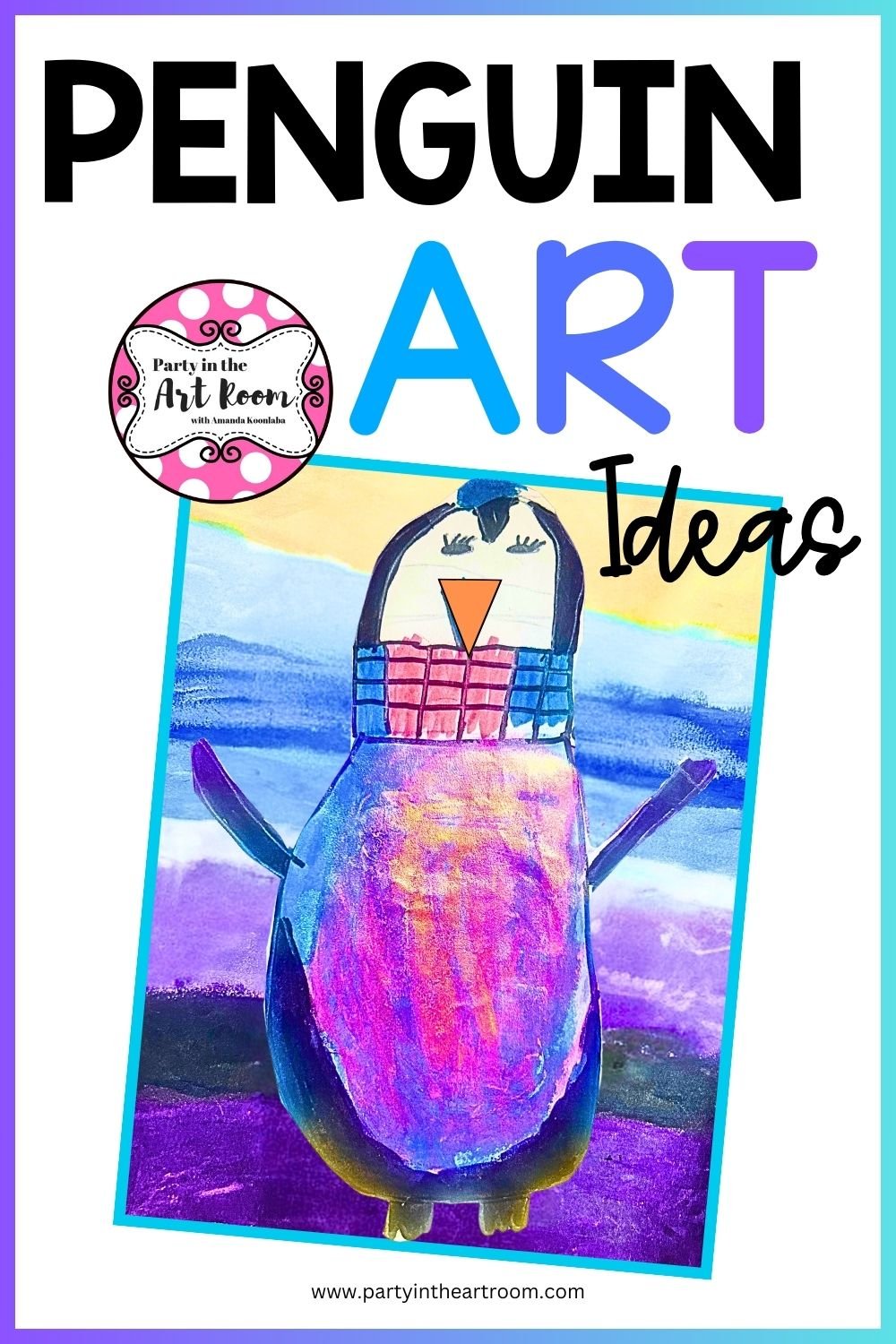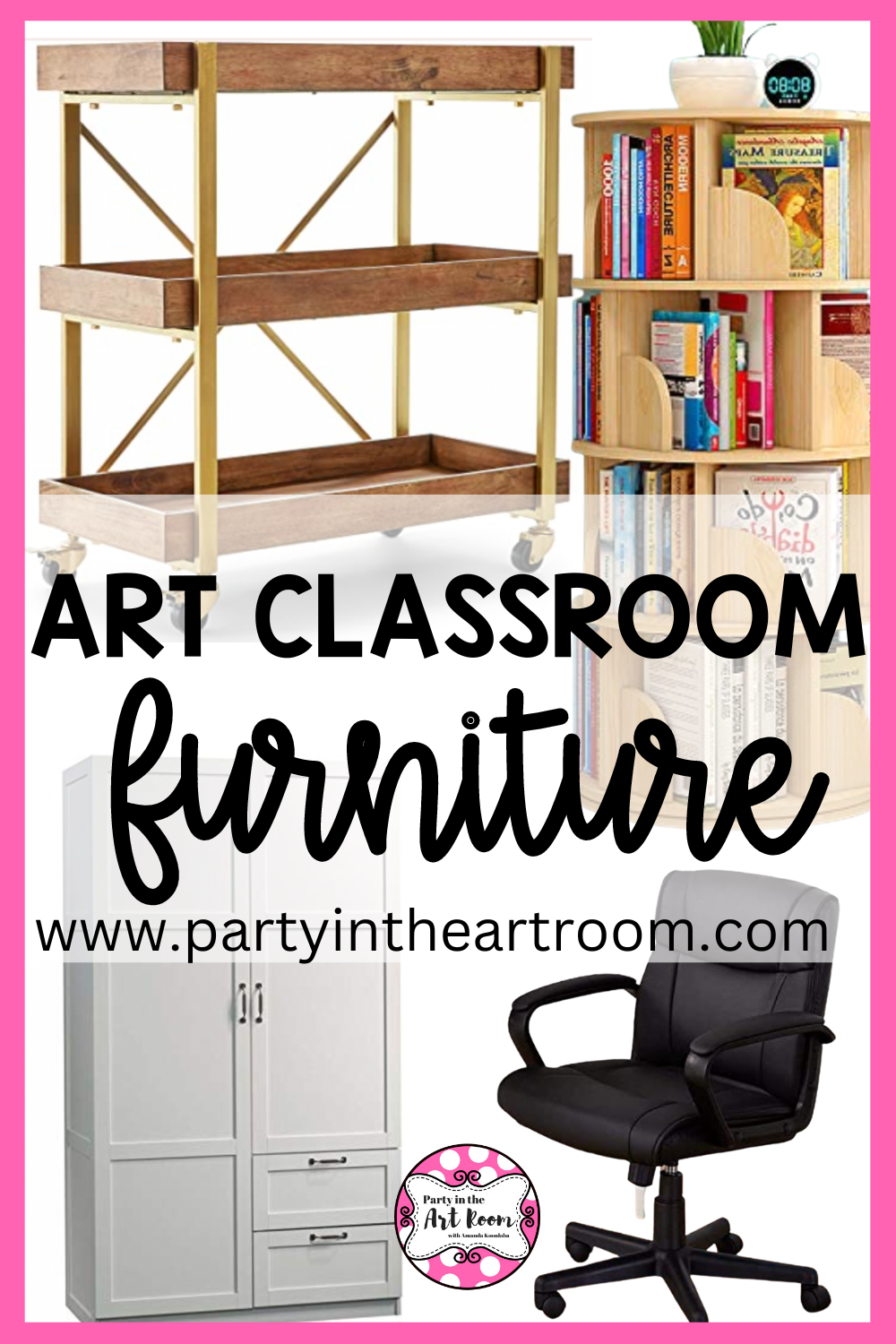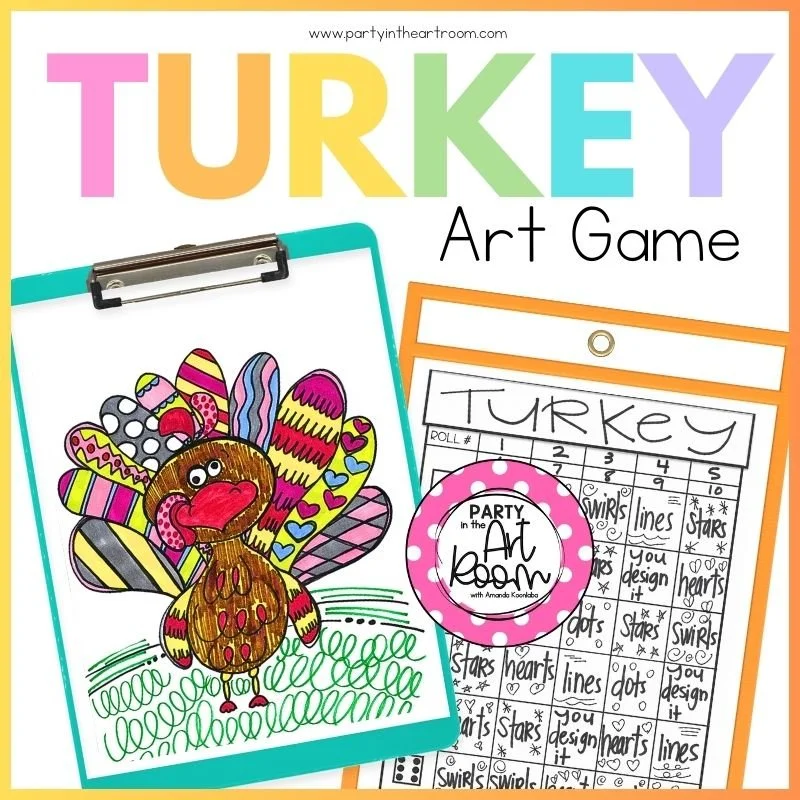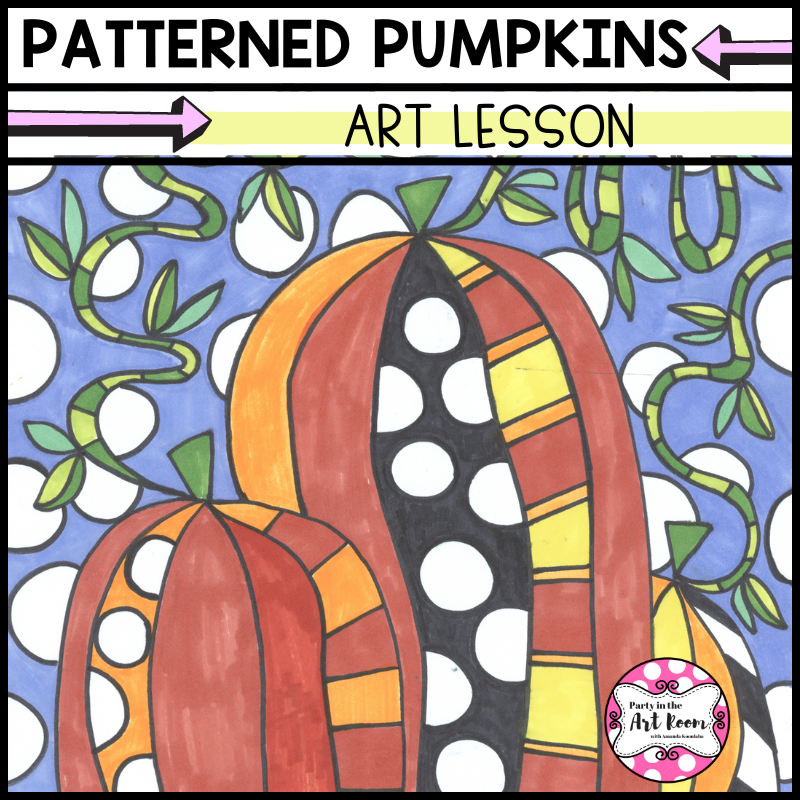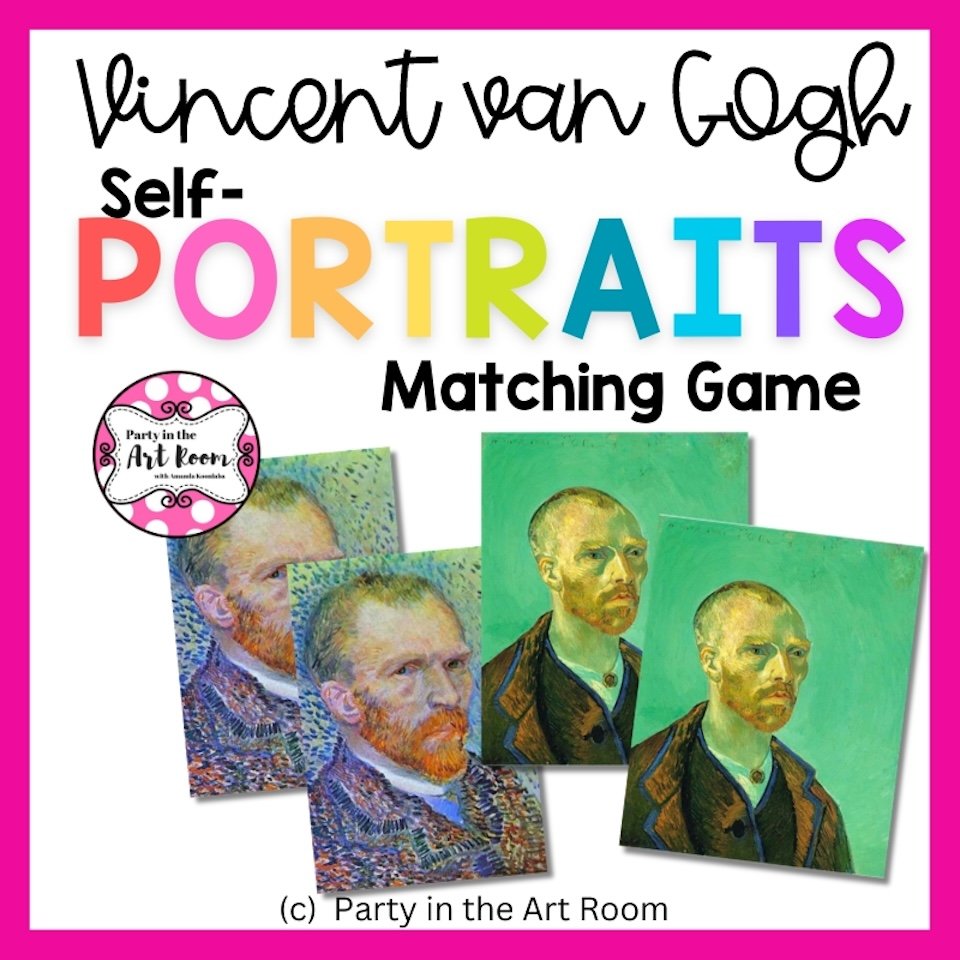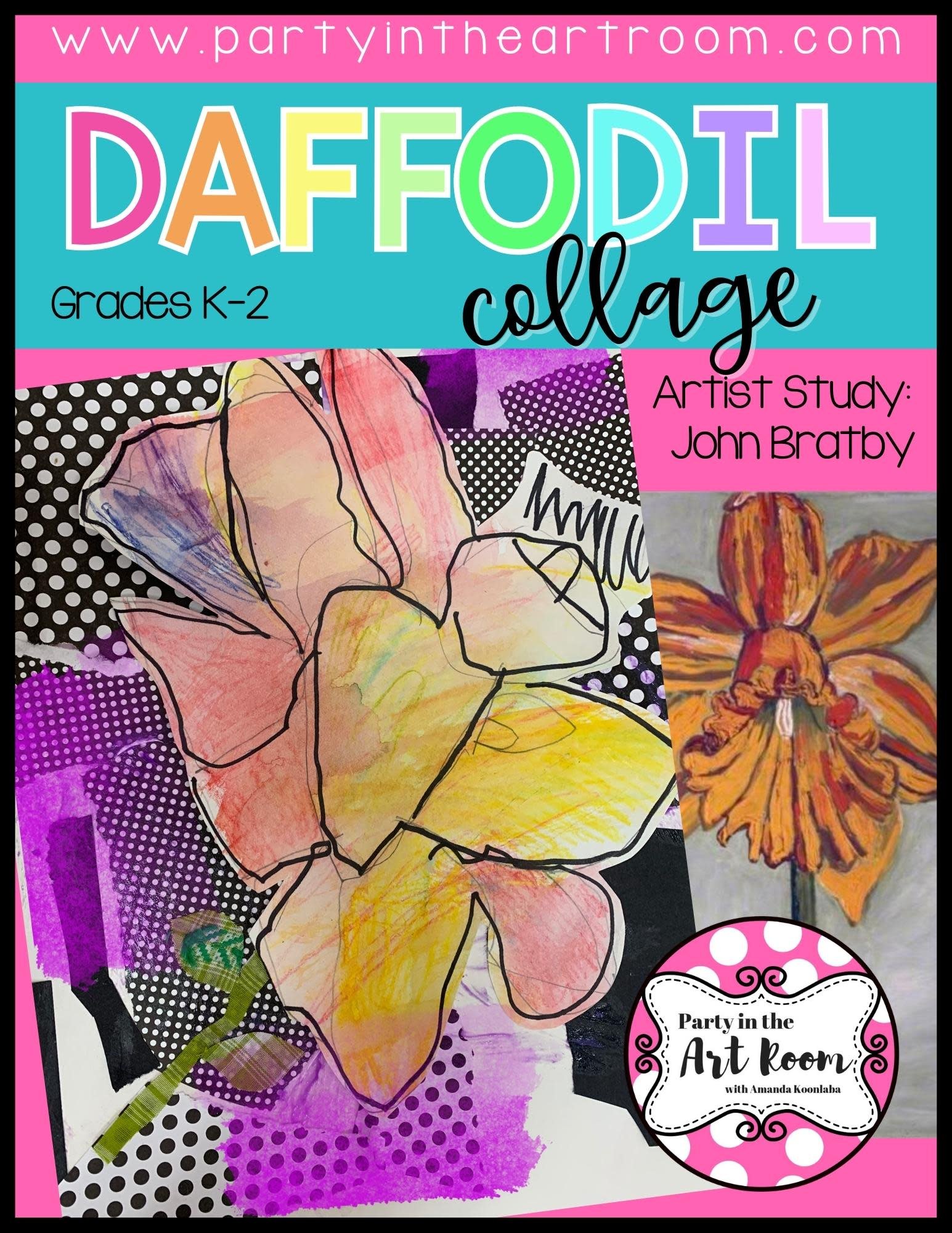The Best Papers for Painting and Drawing (and Why It Matters More Than You Think)
There are two types of art teachers: the ones who care deeply about paper... and the ones who haven’t had their entire class turn watercolor into a soggy pulp mess yet.
If you’ve ever heard that unmistakable screech of despair as a student realizes their soggy paper just gave up on life mid-brushstroke, you know the struggle. I’ve learned (sometimes the hard way) that choosing the right paper makes all the difference—not just in how the art turns out, but in how kids feel about their own creativity.
Let’s break down the basics in a way that’s clear, helpful, and maybe even a little fun. Because paper is not just paper, y’all.
Wait, Does Paper Really Matter That Much?
Yes. 100% yes.
Using the wrong paper can make the best lesson fall flat. It’s like trying to toast a marshmallow with a candle. Technically possible. But mostly just frustrating.
If you’re a classroom teacher or homeschool parent, I totally get the temptation to just use what you’ve got. But a little knowledge here can stretch your supply budget further and help your kids make work they’re proud of.
Best Papers for Drawing
Drawing paper is all about texture and tooth—that slightly rough surface that grabs your pencil, crayon, or pastel.
Here’s what I keep in rotation:
● White Sulphite Drawing Paper
Think of this as your art room MVP. It’s smooth but not slippery, sturdy but not stiff. Great for pencil, colored pencil, crayon, and oil pastels. I like Tru-Ray or Sax brands.
● Newsprint
Super cheap. Great for sketching, warm-ups, or early finishers. Not great for anything you want to keep forever.
● Bristol Board
This is your fancy option. It comes in vellum (textured) and smooth surfaces. Ideal for marker and pen work where clean lines matter.
● Black Construction Paper
A must-have for oil pastels and chalk pastels. The dark background makes those colors pop like nobody’s business.
Best Papers for Painting
Now here’s where things get mushy... literally. If you’ve had tempera paint eat through regular copy paper, you’re not alone. Painting needs absorbency and strength.
Top picks:
● Watercolor Paper
If you can swing it, use the real stuff. Cold-press is best for student work—it’s got a bit of texture and holds water well without warping like crazy. I buy the Canson XL pads when they go on sale.
● Heavyweight Construction Paper (like Tru-Ray)
Budget-friendly and can take a fair amount of tempera paint. Just don’t soak it or expect watercolor effects.
● Finger Paint Paper / Glossy Paint Paper
These are coated and feel almost slick. They're fun for little ones using thick paint or finger paint, but not good for detail work or layering.
● Mixed Media Paper
A solid compromise! It works okay for both drawing and light painting. Great for classes that jump between materials a lot.
Why This Matters (Especially for Kids)
Using the right paper teaches kids that their artwork is worth good materials. It helps them get the results they imagined in their heads. And maybe most importantly? It prevents frustration.
No one wants to put effort into a drawing just to have the paper pill up like a cheap t-shirt. It’s not a lesson in “resilience,” it’s just annoying.
Classroom + Homeschool Tips
● Label bins or drawers: One for “drawing,” one for “painting.” Boom. No confusion.
● Teach a mini lesson on paper types. Kids love the inside scoop. (“This is Bristol. It’s fancy. Treat it like royalty.”)
● Stretch what you have: Cut larger sheets in half, use scraps for collage, or try paint-on-glue techniques on cheaper papers if needed.
Want a Done-for-You Art Project That Uses the Right Paper?
Check out this How to Draw Cows with Oil Pastels lesson inspired by Garrett May. It uses black construction paper, glue, oil pastels, and baby oil—SO good for teaching line, texture, and color blending, without the painting mess.
Final Thoughts
Don’t let paper be an afterthought! You don’t need to be a supply snob, but understanding the differences between drawing and painting papers can totally transform your projects.
The right paper = fewer tears, better results, and a whole lot more proud little artists. 💛
You Might Also Be Interested In:
Inside this free PDF, you'll find a treasure trove of van Gogh's self-portraits, each capturing the essence of the artist's unique style and introspection. From his early works to his later masterpieces, this collection showcases the evolution of van Gogh's self-representation throughout his remarkable career.
As students pair the self-portraits, they will develop visual recognition skills, explore color and brushstroke techniques, and gain a deeper understanding of van Gogh's artistic journey.
Affiliate Disclosure: Party in the Art Room is supported by its audience. When you purchase through links on this site, a commission may be earned.Hi! I’m Amanda. Teaching children to be creative thinkers is my greatest joy. I’m here to help you bring that same joy to your classroom.
This guide is packed with 25 ideas for using art to teach math and ELA. It’s arts integration for the win!
I want all students to feel successful in the art room, so I created a standards-based Daffodil Collage lesson to do just that! The lesson includes an artist study, student reflection, and more, so push your artists to their full potential.

